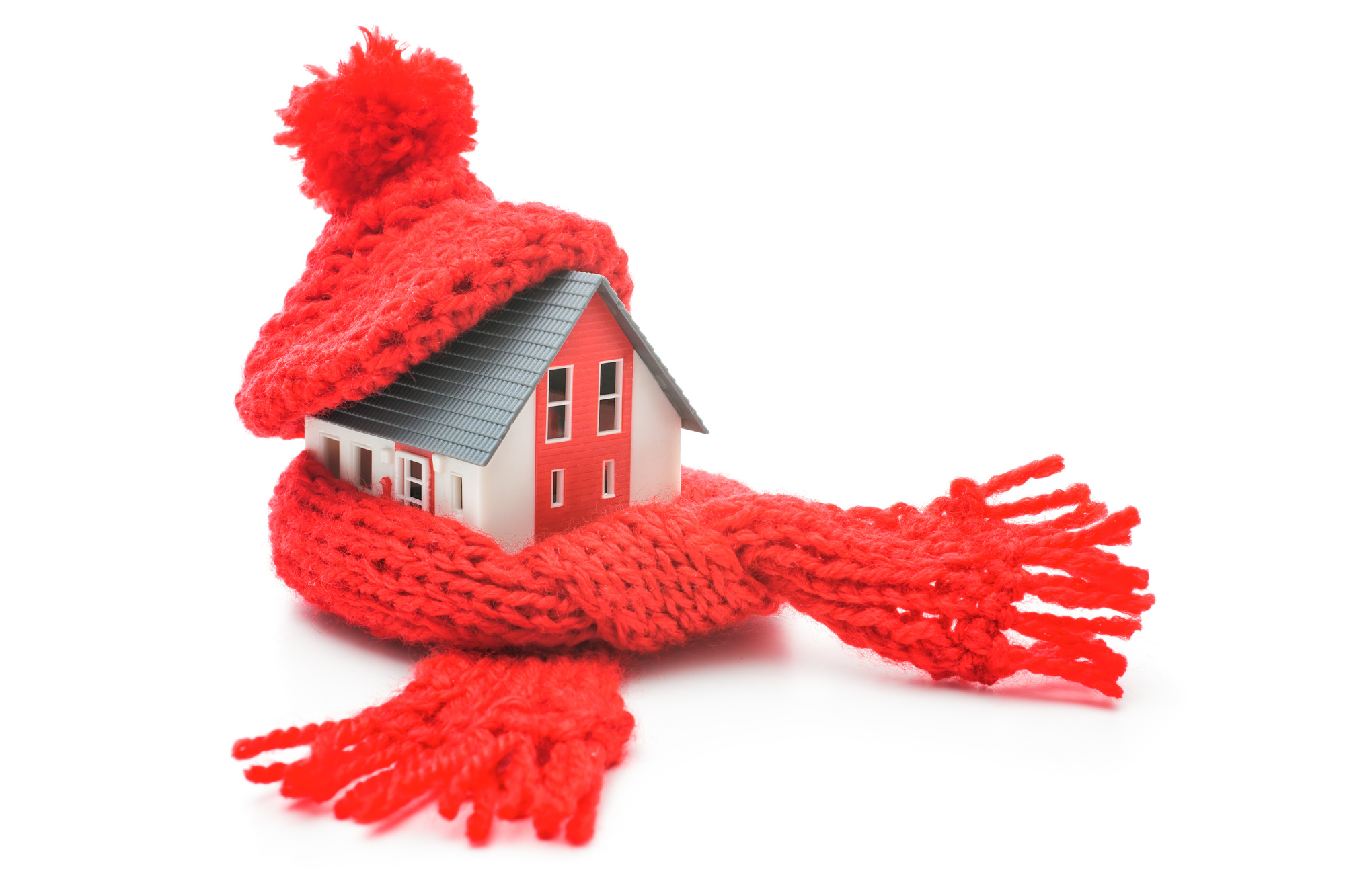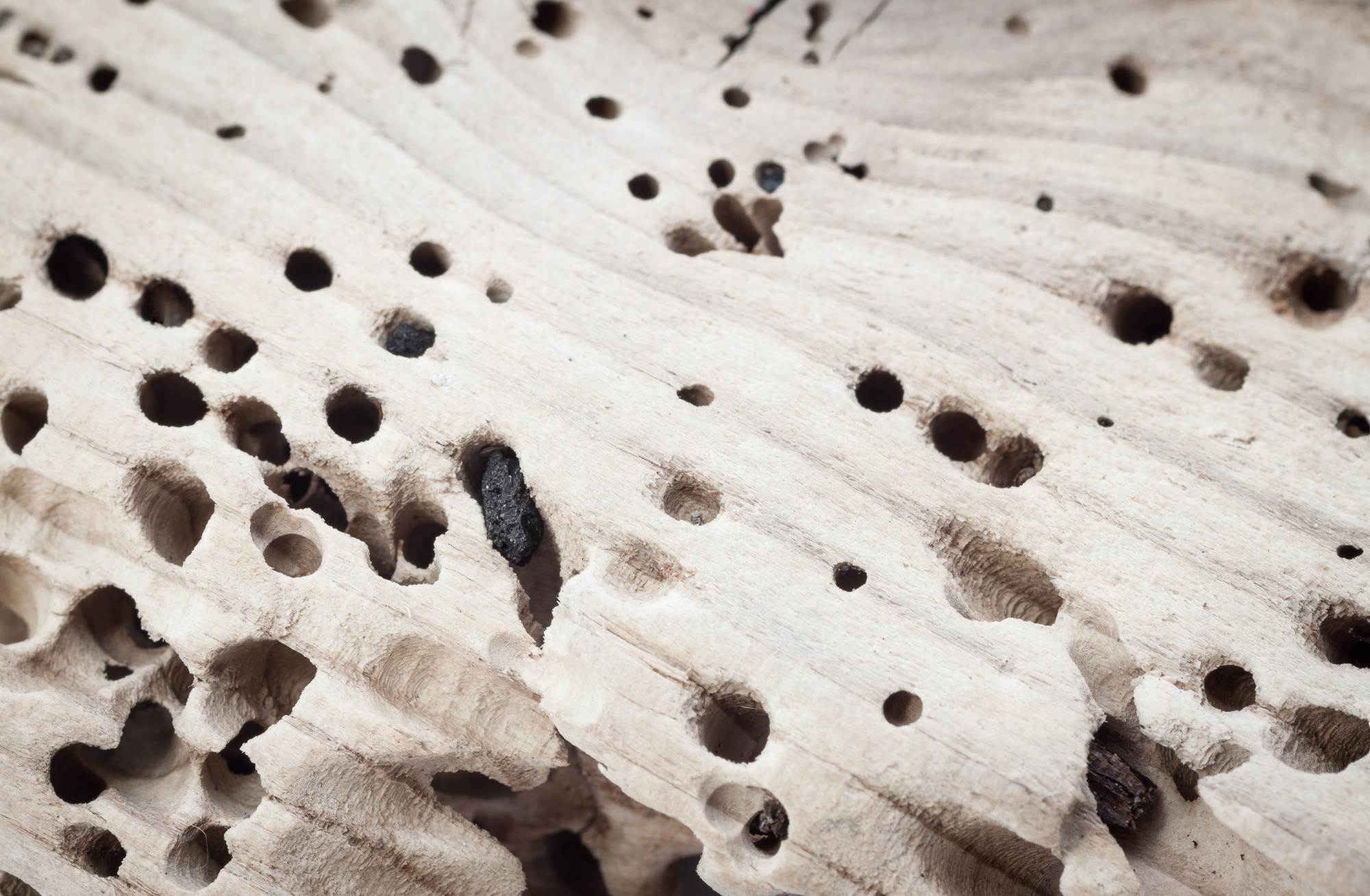Slash Your Heating Bill: 10 Best Winter Energy Saving Tips

Winter is an amazing season for some of us!
It’s filled with festive cheer and many fun activities that can happen only when the temperature goes down.
But for others, it’s a season that brings about heaps of discomfort. One they can only endure by taking lots of hot toddies and using modern heating technology.
But no matter what you think about the winter, one thing’s for sure–your energy costs will go up a little as the weather gets cooler.
Thankfully, there are many ways to save on heating costs and in the process improve your overall comfort.
Here are 10 effective winter energy saving tips–ones that could make the chill just a bit more bearable.
Make the Most of the Sun’s Free Heat
Sunlight is your friend during the winter. While it can’t keep your home cool during warmer months, it’s a wonderful natural heater for your house in the winter.
During the day, open the blinds and curtains let in as much natural light as possible. Naturally, this will increase the temperature inside your house, which can significantly save on heating bill.
At night, close the curtains to insulate your house from the winter cold. This will provide the same warming effect on your home.
Bundle Up
This is one of the simplest ways to save on heating costs. Instead of turning up the heat, put on warm socks and a comfy winter sweater.
Keep some blankets on your sofa, and insulate the floor with an area rug.
Be Wise in the Kitchen
We all love the nice aroma of leisurely simmered winter comfort food, don’t we?
Next time you use your stove to make a stew or roast some veggies, consider ways to get the most out of the energy you’re already using. Batch cooking is something you should do loads in the winter to reduce the frequency of using your stove.
Here are other useful energy saving tips for winter cooking:
- Cover pots with lids to keep the heat and shorten cooking time
- Buy an electric kettle to prepare tea and boil only the exact amount of water required
- Don’t open the oven door to check your food; use the oven light instead
- Don’t use tin foil in your oven as it can decrease the flow of hot air and extend cooking times
Opt for LED Lighting
As the winter approaches, the days become shorter, meaning we require more energy for lighting. For this reason, fall is the best time to replace your ineffective incandescent light bulbs with energy-efficient LED lighting.
Considering that incandescent lighting uses 75% more energy and is five times less efficient than LED lighting, it makes sense to pay a bit more and make the switch.
It’s also advisable to switch to LED for your holiday lighting. Consider that powering standard old incandescent lights costs about $10 daily on a 6-foot Christmas tree for the entire holiday season. Comparatively, it’d cost less than $0.25 a day to power the same tree with LEDs.
And as a plus, there’s a lower risk of fire as LEDs are a lot cooler than standard holiday lights.
Seal Leaks
Warm air can escape from your house in many areas. There’s no use heating the air outside, so take time to explore all the areas you can seal in your home.
The most notable areas are doors and windows. Apply caulking or weatherstripping around your doors or windows. Also look for places where cables or pipes enter your home. Often, these also need sealing.
Consider Additional Insulation
Even though you may have insulated your home to some extent, you can apply extra insulation in the basement, attic, and outside walls to retain more heat in your home.
You should call in a professional for this, but you can do it yourself if possible. Modern insulation is quite simple to install and you can significantly lower your heating bill with an additional layer or two.
Change Your Air Filters
Over time, your furnace filter will gather dust and other trash that decrease the air flow via the filter. As a result, your furnace will run less efficiently, meaning it’ll have to work twice as hard to produce the heat you want. Much of the heat is trapped and lost when you blow air through a blocked filter.
Make sure your system runs well all season by checking the air filters and replacing them as soon as they get dirty. It’s recommended that you change the air filters at least once every month if you heat up every day.
Have an Energy Audit
Not many doctors make house calls today, but many energy auditors still do so. Have your home’s energy use audited, and work out where you might improve your home’s energy efficiency. And just so you know, many service providers offer energy audits for a small fee or for free.
Lower the Thermostat
With a bit of experimenting, you can find the lowest setting that lets your family stay comfortable. You can keep your thermostat lower as long as you wear warm clothes inside.
You can also reduce the thermostat by 5-10 degrees while you’re sleeping at night or when you’re away during the day.
It’s recommended, however, that you don’t keep the temperature too low. This is because everything in our home absorbs heat, including the walls, furniture, accessories, etc.
Inspect Your Unit
Last but not least, a well-maintained heating and air conditioning unit will work better and provide more energy-efficiency than a faulty, old system.
Inspect your heating system once every year to get it ready for the impending cooling season. For best results, clean the burners, clean the filters, and replace broken parts.
For safety reasons, only a qualified specialist should do the repairs.
Summing Up Winter Energy Saving Tips
Winter doesn’t have to send a chill down your spine anymore! All of these winter energy saving tips can help you keep your loved ones warm during the forthcoming cold months.
For additional home and garden tips, be sure to check out the informative posts on our blog.



